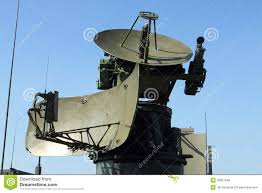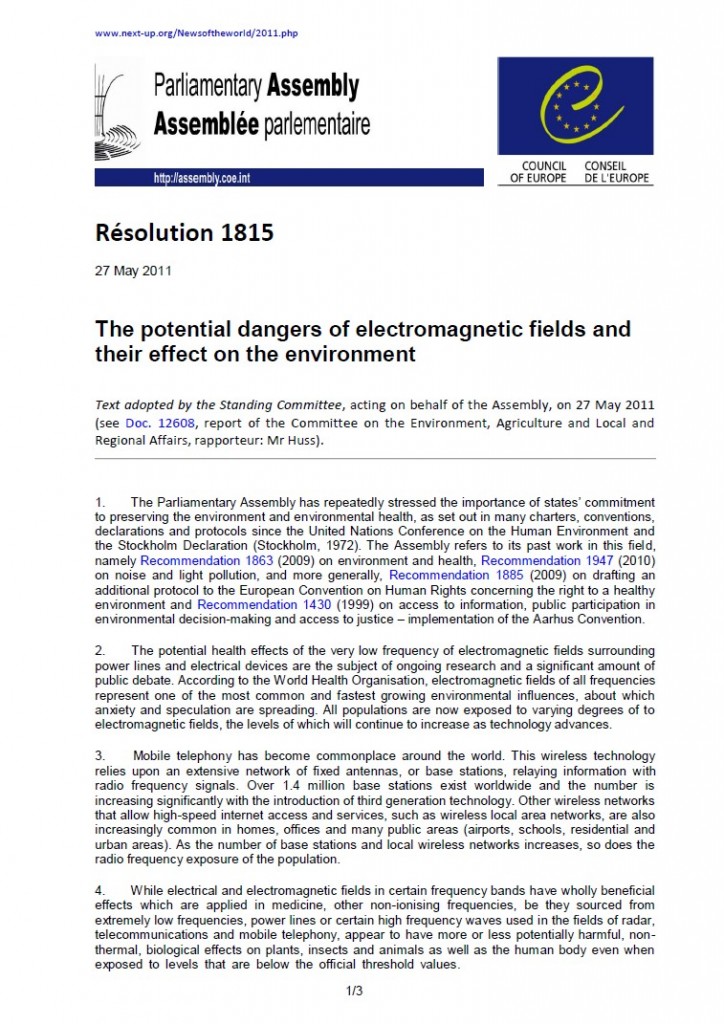Portada del sitio > Estudios Científicos > Radio frequency radiation-related cancer: assessing causation in the (...)

Radio frequency radiation-related cancer: assessing causation in the occupational/military setting.
Jueves 22 de febrero de 2018 · 414 lecturas
Radio frequency radiation-related cancer: assessing causation in the occupational/military setting.
Abstract
We reexamine whether radio frequency radiation (RFR) in the occupational and military settings is a human carcinogen.We extended an analysis of an already-reported case series of patients with cancer previously exposed to whole-body prolonged RFR, mainly from communication equipment and radar. We focused on hematolymphatic (HL) cancers. We used analysis by percentage frequency (PF) of a cancer type, which is the proportion of a specific cancer type relative to the total number of cancer cases. We also examined and analyzed the published data on three other cohort studies from similar military settings from different countries.The PF of HL cancers in the case series was very high, at 40% with only 23% expected for the series age and gender profile, confidence interval CI95%: 26-56%, p<0.01, 19 out of 47 patients had HL cancers. We also found high PF for multiple primaries. As for the three other cohort studies: In the Polish military sector, the PF of HL cancers was 36% in the exposed population as compared to 12% in the unexposed population, p<0.001. In a small group of employees exposed to RFR in Israeli defense industry, the PF of HL cancers was 60% versus 17% expected for the group age and gender profile, p<0.05. In Belgian radar battalions the HL PF was 8.3% versus 1.4% in the control battalions as shown in a causes of deaths study and HL cancer mortality rate ratio was 7.2 and statistically significant. Similar findings were reported on radio amateurs and Korean war technicians. Elevated risk ratios were previously reported in most of the above studies.The consistent association of RFR and highly elevated HL cancer risk in the four groups spread over three countries, operating different RFR equipment types and analyzed by different research protocols, suggests a cause-effect relationship between RFR and HL cancers in military/occupational settings. While complete measurements of RFR exposures were not available and rough exposure assessments from patients interviews and from partial exposure data were used instead, we have demonstrated increased HL cancers in occupational groups with relatively high RFR exposures. Our findings, combined with other studies, indicate that exposures incurred in the military settings evaluated here significantly increased the risk of HL cancers. Accordingly, the RFR military exposures in these occupations should be substantially reduced and further efforts should be undertaken to monitor and measure those exposures and to follow cohorts exposed to RFR for cancers and other health effects. Overall, the epidemiological studies on excess risk for HL and other cancers together with brain tumors in cellphone users and experimental studies on RFR and carcinogenicity make a coherent case for a cause-effect relationship and classifying RFR exposure as a human carcinogen (IARC group 1).
Ver el estudio original AQUÍ







